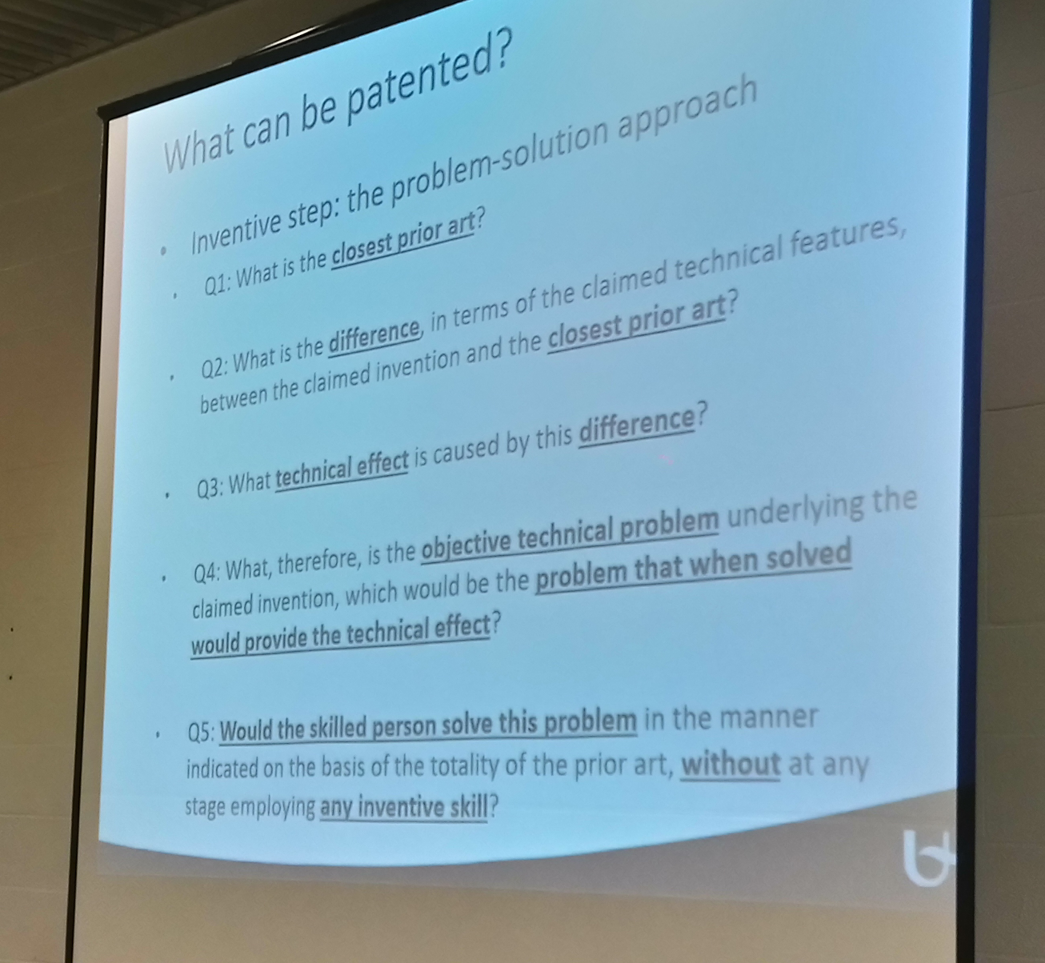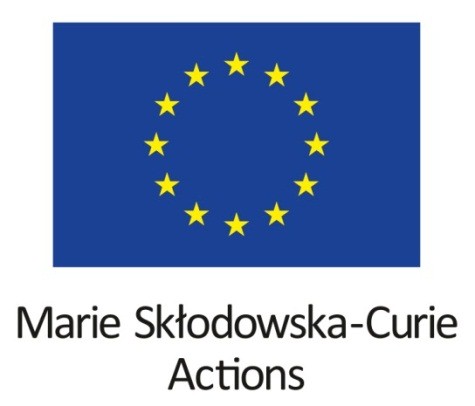
(January 31, 2018) - It has been a busy time in the CAD WALK world, so much so that this is the first opportunity we have had to wish you a Happy New Year. Our research group has seen changes over the past month as Dr. Toon Huysmans has accepted an Assistant Professor position at TU Delft's School of Industrial Design Engineering. As a result of that move, Dr. Brian Booth has been promoted to research manager of the shape modelling group in the imec-Vision Lab of the University of Antwerp. These transitions have been keeping the CAD WALK team busy, but so too have the following project advancements.
 |
 |
 |
| Measured | Estimate | Est. Error |
Algorithm Developments: From a development perspective, we have hit our first project milestone: the completion of the core algorithms within CAD WALK. Recall that the main idea behind CAD WALK is to accurately estimate a healthy person's foot pressure measurement, then compare that estimate to the foot pressure measurement taken from a patient. In our previous update, we showed some 2D results where we estimated the peak (maximum) pressure at each foot position. We have since improved on that development by estimating the whole foot pressure video. We have also begun estimating these videos from 430 healthy individuals (scanned in the imec-FootWork project) instead of the 50 individuals we were using in our previous update.
On the left, you can see an example of the algorithm at work. In this case, the measured patient has a heel spur, so we would expect to see differences between them and the estimate, particularly around the heel. What is good to see - and is an improvement over the previous update - is that the error range in the estimate (the rightmost of the three GIFs) has gone way down. We have increased the number of individuals in our estimation process by a factor of 10 and our estimation error has gone down by roughly the same amount. This is good to see.
 |
 |
 |
| Measured | Estimate | Est. Error |
Another example can be seen on the right. In this case, the patient has metatarsalgia, which causes pain the ball of the foot (or forefoot, if you prefer). An additional positive sign for the algorithm is that the estimate for this patient looks noticeably different from the estimate for the first patient above. This patient's estimate shows a smaller foot - and more pressure on the outer side of the foot - than the previous patient's estimate. The difference in these two estimates shows that the CAD WALK system is indeed changing its estimates to better match to the individual patients.
What is also good to see is that the estimates are not completely ridiculous. The size and shape of the feet are fairly well estimated and the way the pressure is distributed over the bottom of the foot also looks reasonable. Obviously, some minor improvements are still needed, and some fine tuning of the algorithms can also be done. This will be the focus of the coming months, as will be combining these algorithms into the software mock up we created in Month 1. The current plan is to have a completed prototype ready by the end of March. With the software mock up done and the algorithms running, we are on schedule to meet that goal.

Ethics and Intellectual Property: CAD WALK progress is also being made away from the computer. Since our previous update, our research protocol has received approval our Data Protection Officer. We have also passed our departmental ethics peer review. We still have two more ethics hurdles left to clear before we can start collecting foot pressure measurement from patients. First, we have the institutional review at Sint Maartenskliniek (Nijmegen, The Netherlands), and then a final ethics review from the nationally-accredited Medical-Ethical Review Board. Once these approvals have been obtained, we can begin collecting the data that we hope to make available here. It is possible that data collection may start as early as late February.
We are also seeing progress on the project's intellectual property agreement. As part of that work, CAD WALK has begun participating in the University of Antwerp's Dive Into Business program. The program covers the business issues that arise in collaborations between researchers and companies. These issues include intellectual property, contract negotiations, industrial grant opportunities, and creating spin-off companies. The Dive Into Business program continues through to the summer, which is handy as that is roughly the same time that our intellectual property agreement is expected to come together.

CAD WALK Events: Over the past two months, CAD WALK has held successful talks as part of the imec-FootWork closing event and the InForMed Consortium Workshop. Both talks were well received and we look forward to doing more. If you're interested in CAD WALK and want a visit from us, just let us know.
We also have a couple of events coming up in which CAD WALK will be involved. First, CAD WALK will help lead a session on grant writing at the Marie Curie Annual Conference in Leuven, Belgium on February 2nd. On top of that, CAD WALK will also participate in the 2018 International Foot and Ankle Biomechanics Congress in New York this coming April. We hope to see you there!
Up Next in February, 2018...
